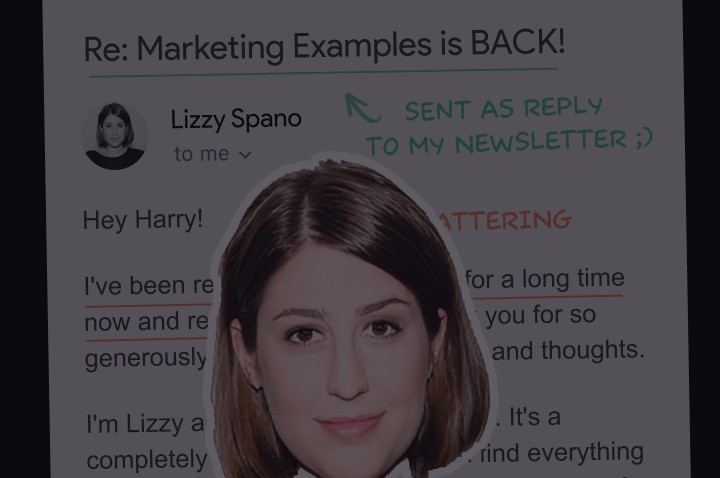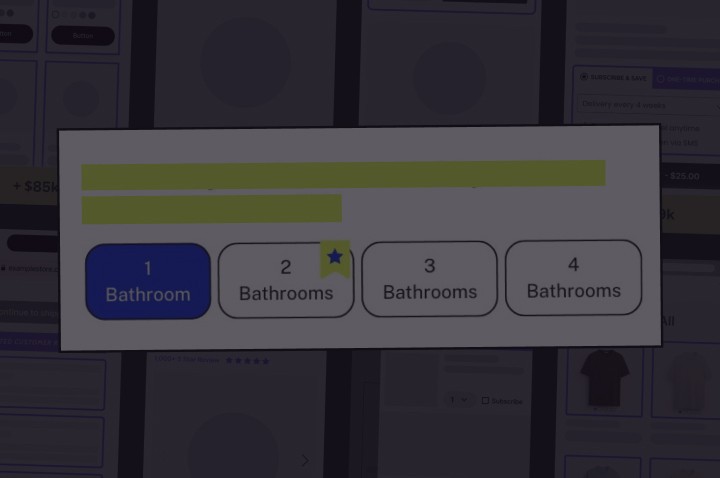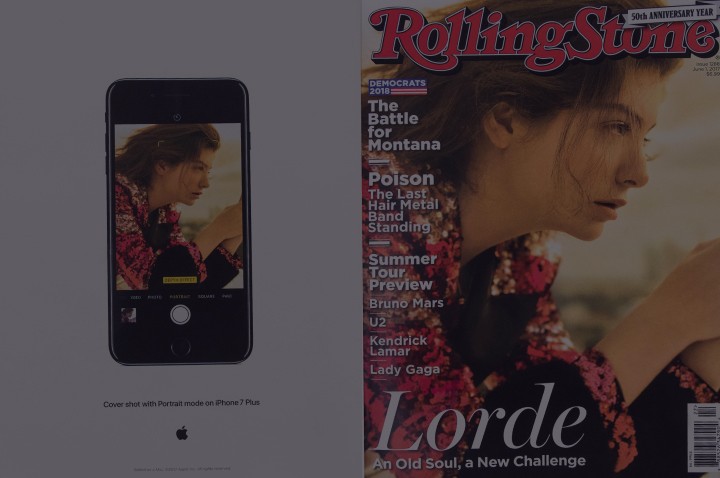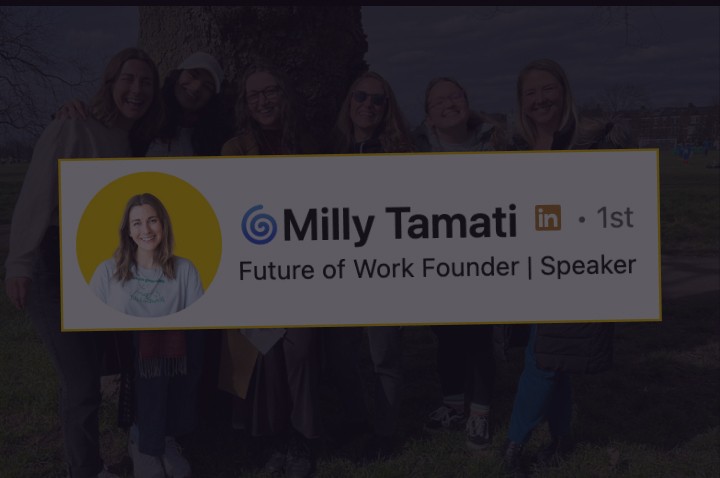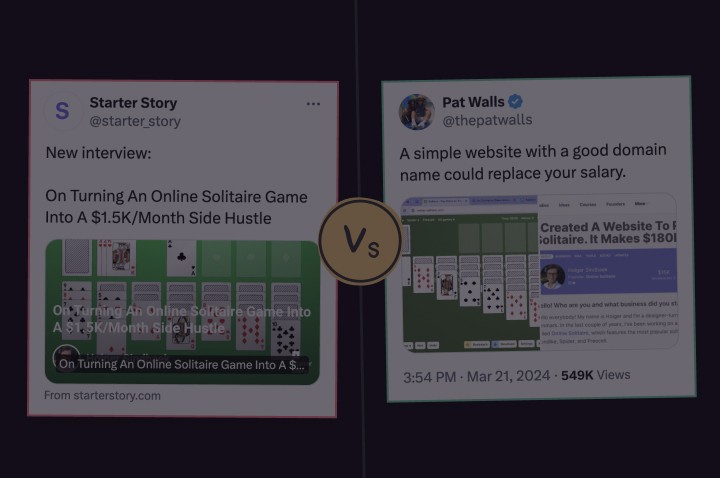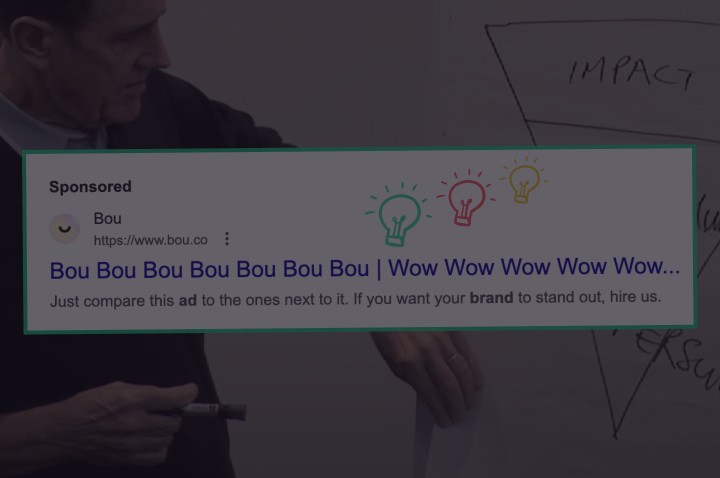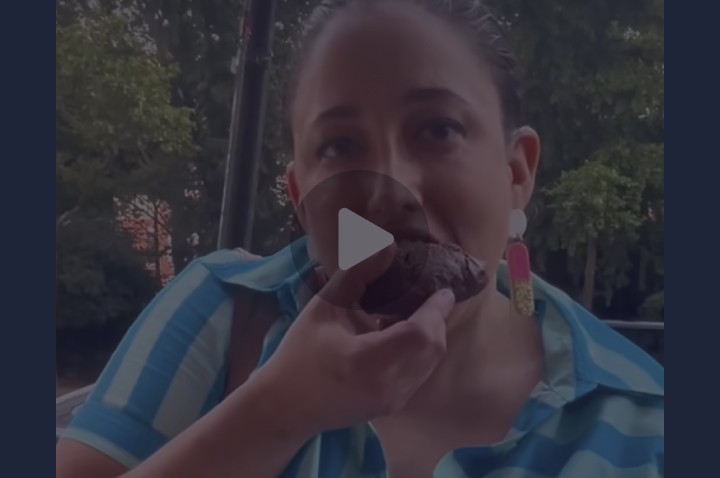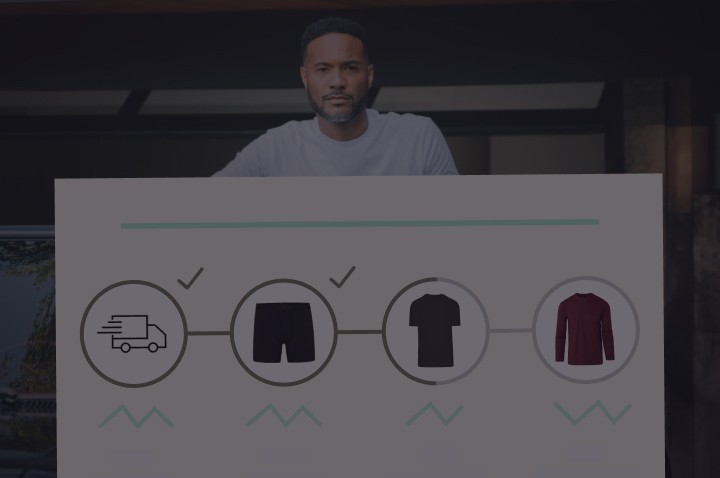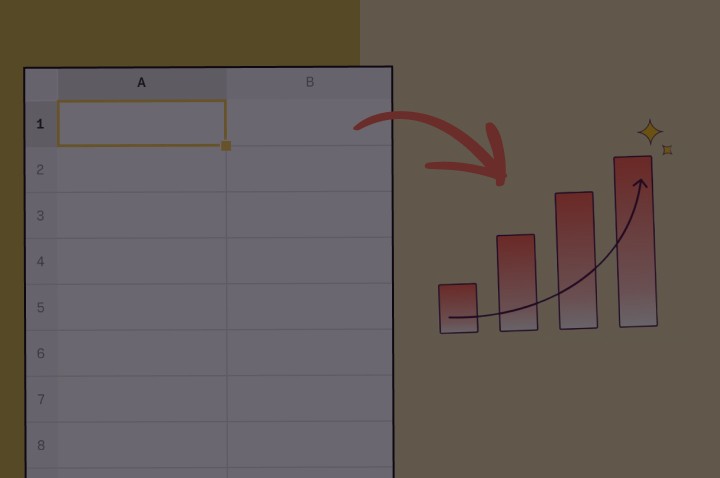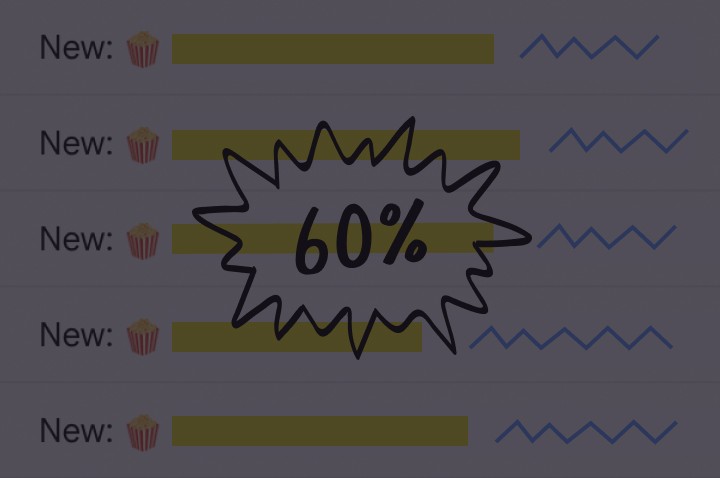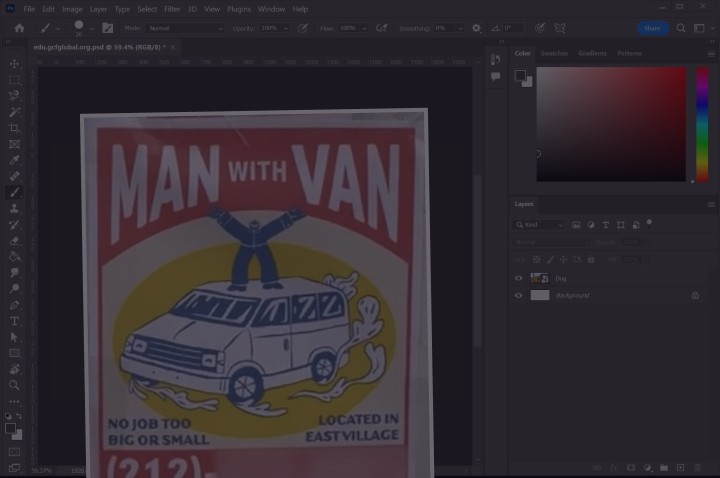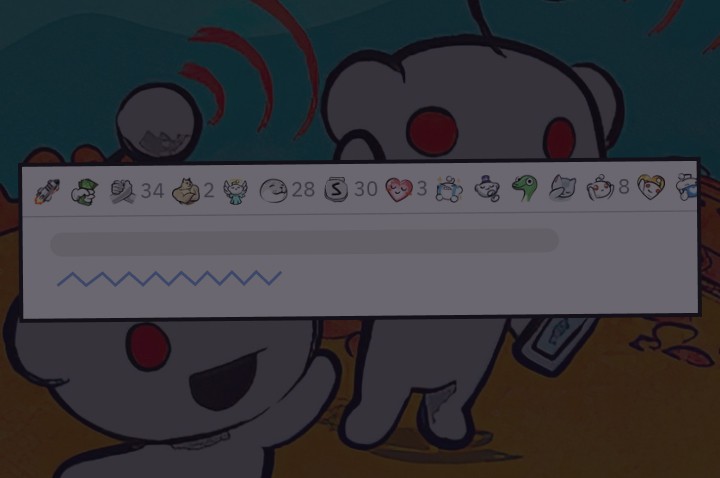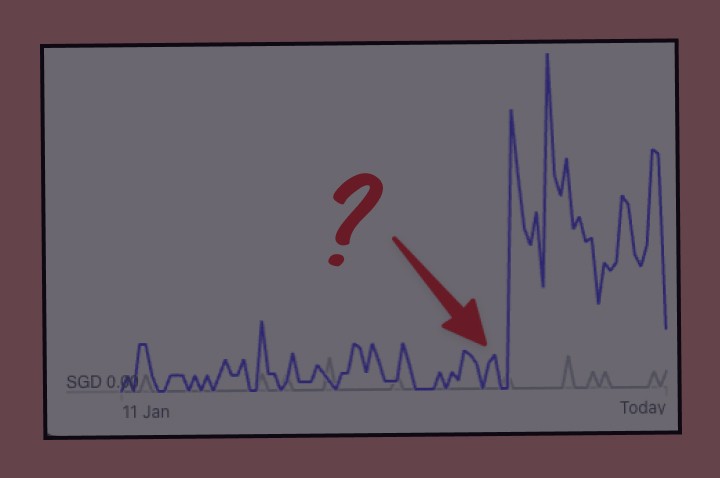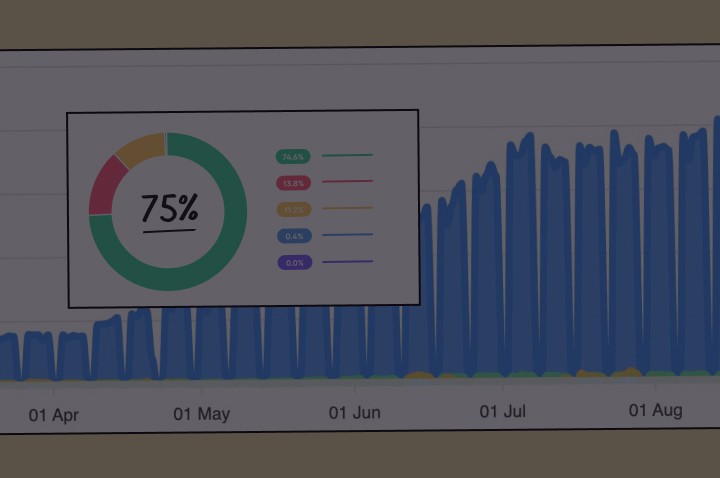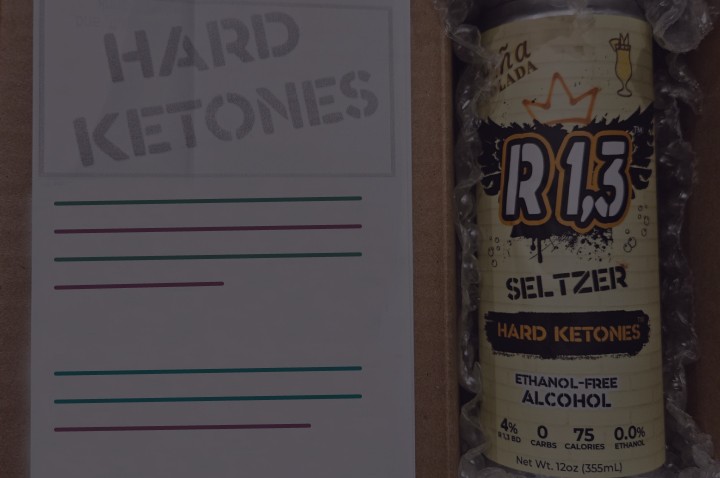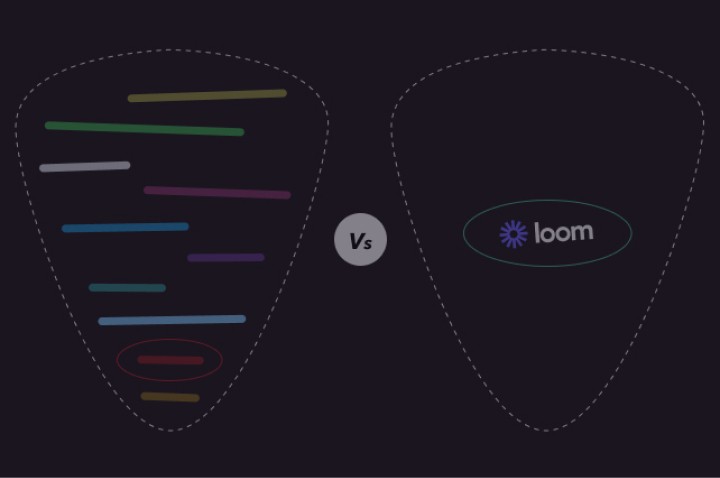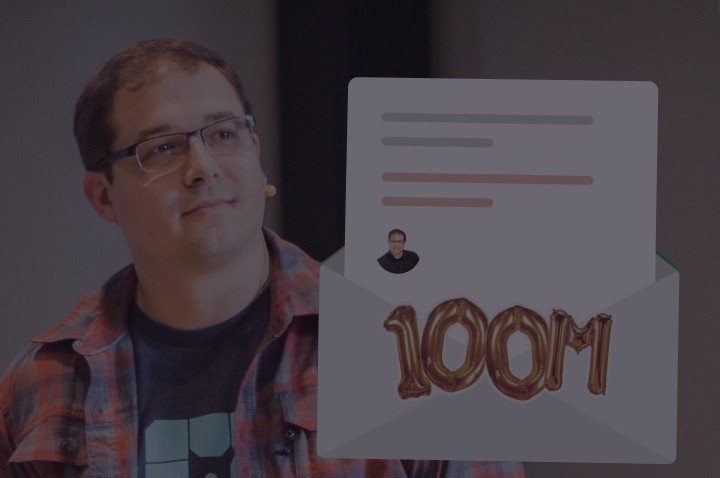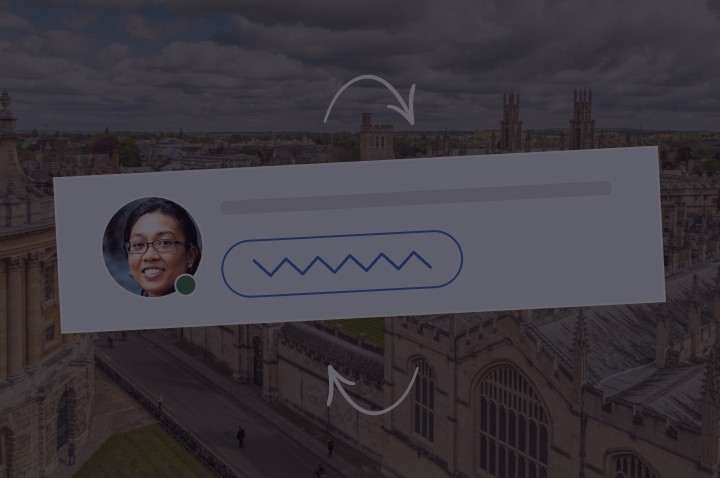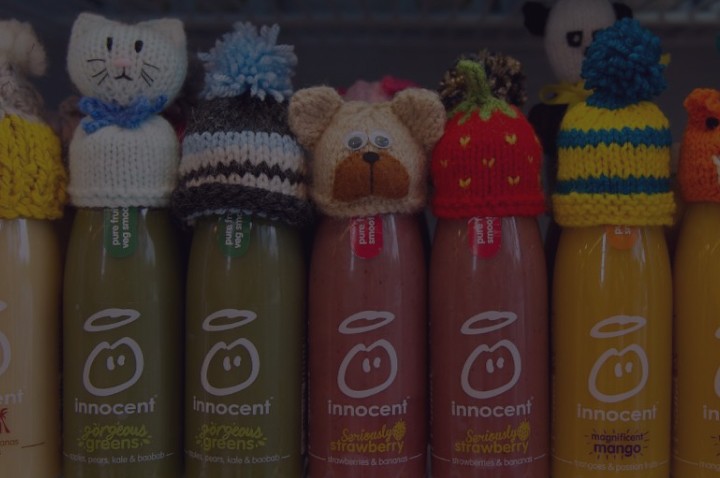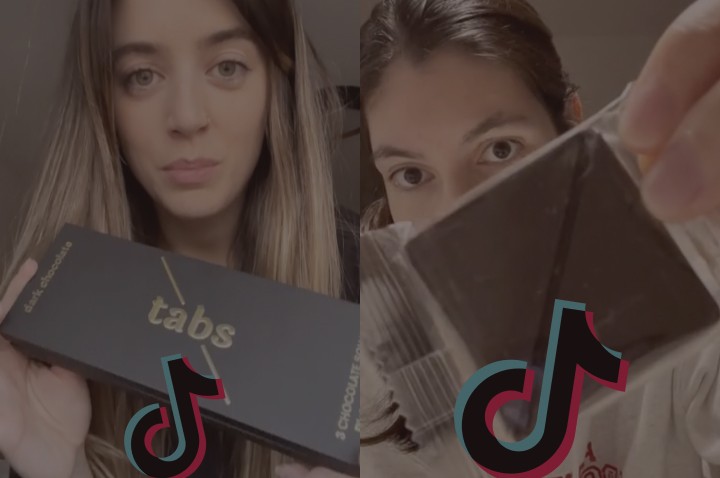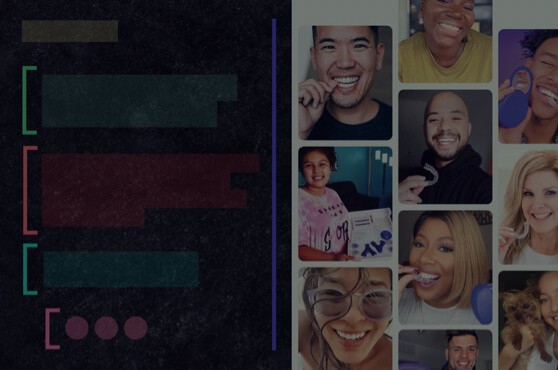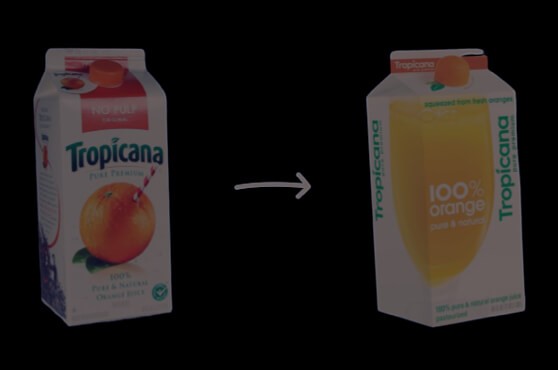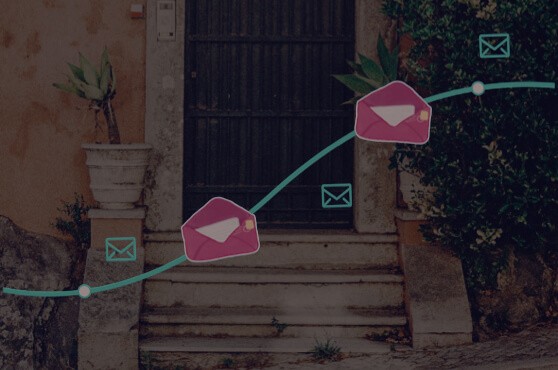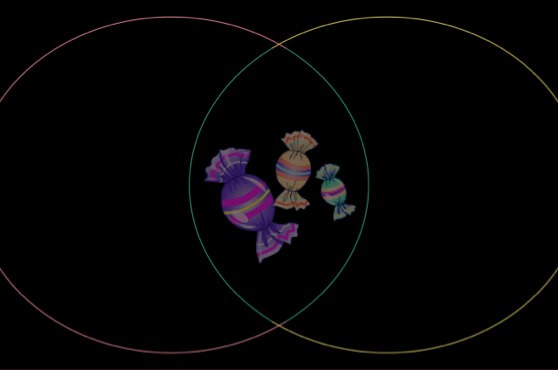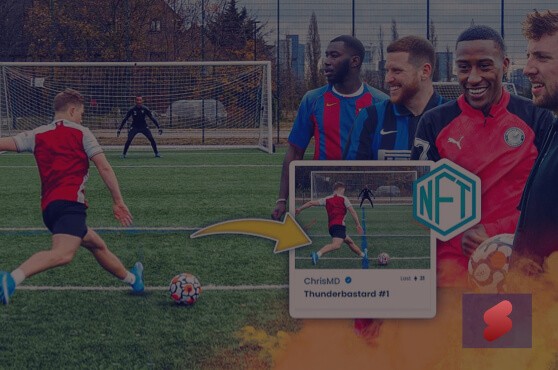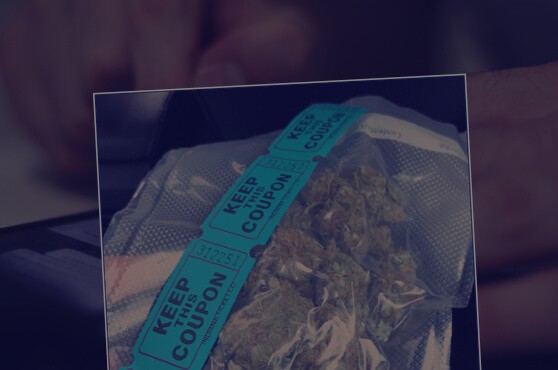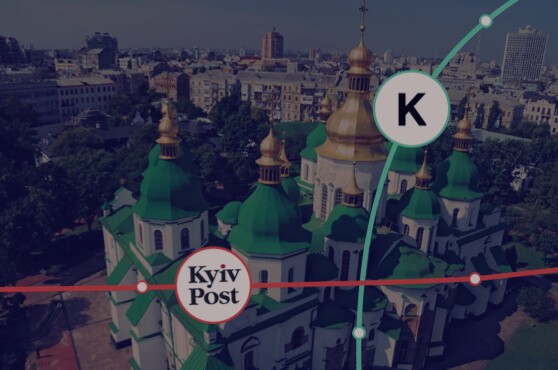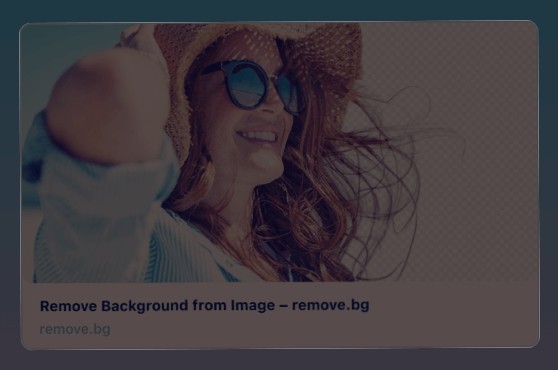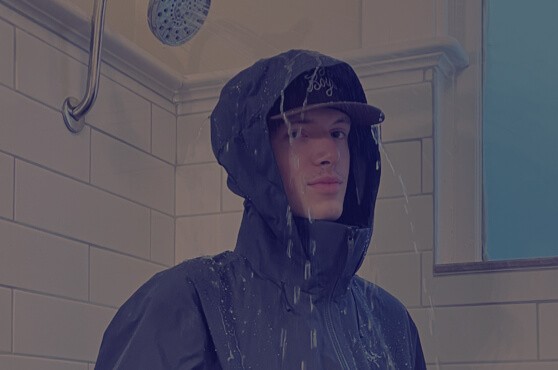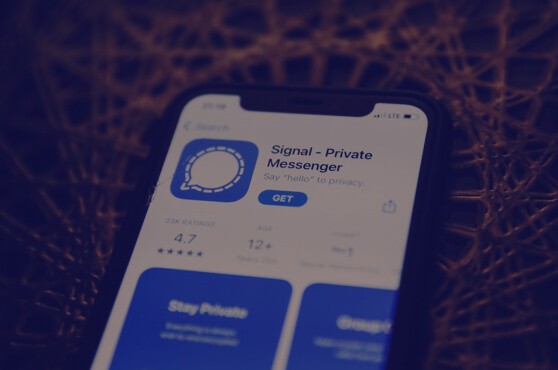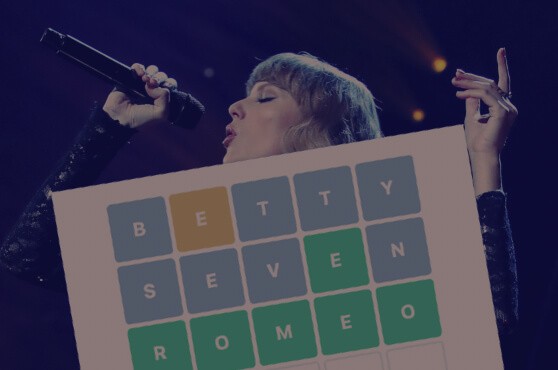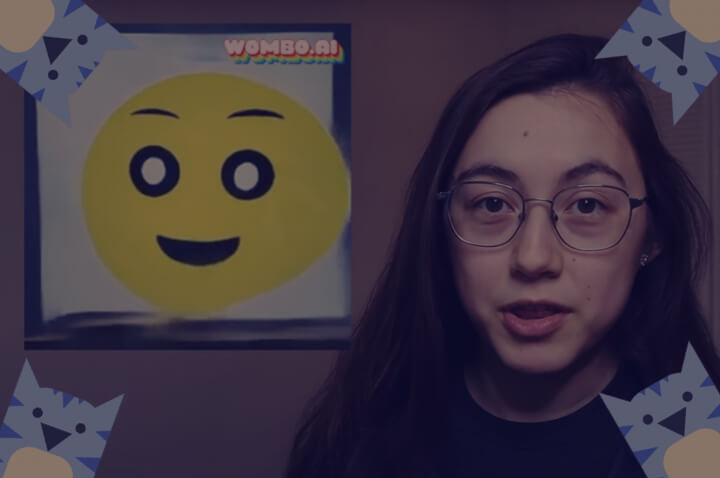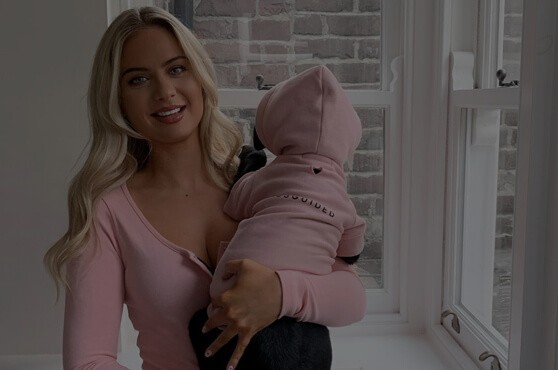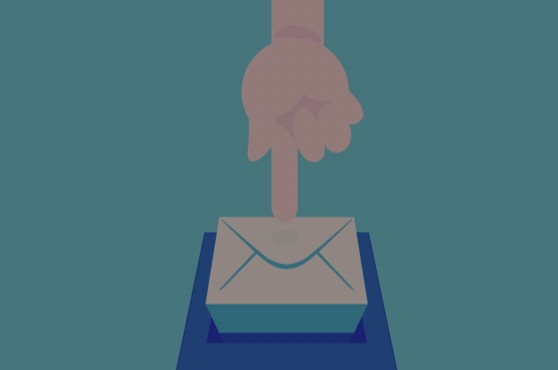

How I got 2,000 new subscribers from Product Hunt
Last Wednesday I launched Marketing Examples to Product Hunt. It received more than 1,500 upvotes, was voted Product of the Week, and my email list zoomed from 1,300 to 3,300 in the space of 72 hours.

This is the step by step account.
Step 1 - First 1000 fans
23rd May 2019 Marketing Examples v1.0 went live. The site had just a few case studies, several bugs, and an email box which didn’t convert well. The old version of myself would have thrown it up on Product Hunt straight away. This would have given me a quick buzz and my first few email subscribers. But I decided to wait.
Firstly, it’s not every day you can launch on Product Hunt. I didn’t want to waste my “turn” with the very first iteration of my site.
Secondly, I didn’t want to launch in a vacuum. Product Hunt multiplies current momentum. Having a small following of “fans” who are happy to shout about your product on launch day goes a long way.
So I set myself a target. 1000 email subscribers and 1000 twitter followers. And then I could launch. 70 days later I reached that number. It was showtime.
Step 2 - My goal
As I prepared for my launch I wanted to clearly define what my goal was.
In the past, I’ve fallen into the trap of using upvotes as my barometer of success. But when you think about it, upvotes are really just a means to an end. They are coupons you exchange for traffic. It’s what you do with that traffic which matters.
So, what is my goal? Well, I wanted to maximise email subscribers. So I spent the day before my launch making sure my site was in the best possible shape to collect emails. After all, 100 upvotes and 100 email sign-ups is more valuable than 1000 upvotes and a site which can’t convert anyone.
Step 3 - My Post
Now I had the foundations in place it was time to schedule my post on Product Hunt. I chose 12:01 AM PST and Wednesday 7th August (the very next day). New products hit the homepage at midnight so this would give me the full 24hrs of exposure. And I’d also avoid the weekend traffic lull.
I filled in the description, added some images and my friend, Jana, made a nice GIF to help me stand out. Things were starting to take shape.
Next, I began writing my first comment. This was my opportunity to connect with potential users. All going well, it would be read by several hundred people so I spent some time thinking about it.

Step 4 - Banner time
The next morning I woke up early, excited for what lay in store. The first thing I did was add a banner to my website. This would give anyone coming directly to my site an easy route to support my launch.

Step 5 - Leverage
The next step was to leverage the audience I'd built in Step 1. Firstly, I tweeted from Marketing Examples and also from my personal account.
Product Hunt will use the first image in your post as the meta image (the image everyone sees when you share on social media). So it’s worth putting effort into this one.

Next, I started sharing with my email list. Beforehand, I clarified with Product Hunt that this was within their rules. They told me it was, but that multiple new accounts signing up and voting one product in the same period of time may trigger our spam detection.
So as a precaution I told subscribers to only support if they already have a Product Hunt account. I also split my email list into segments and scheduled emails throughout the day to avoid a rush of upvotes in one go.

The results:
Emails Sent: 1345
Open Rate: 633 (47%)
Click to Product Hunt: 208 15%
Together, Twitter and email was enough firepower to get me into the top 3 places.
Step 6 - Indie Hackers and Startup School
Next, I posted on the Startup School forum and also added a Milestone to my Indie Hackers product page. These forums work well because the audiences are familiar with Product Hunt. Both posts sat at the very top for the whole day and drove considerable traffic to my launch.

Why were my posts so well received? Well, I wasn’t just screaming, “Everyone look at me!” at the top of my voice. In my post, I included some tips on how best to launch to Product Hunt. And I think people appreciated the balance. Everything is an exchange.

Step 7 - Telegram and Slack
There’s literally thousands of Telegram and Slack groups out there for startup folk: Bootstrappers, digital marketers, solo founders. You name it, there are a dozen groups you can join.
Again, these are great places to share your launch because of the crossover with the Product Hunt audience. I was a member of about 10 groups myself, so I started working through them one by one.
I quickly realised that the level of support I received was directly correlated to my level of contribution. In groups where I'd helped others, others helped me and when I hadn’t put the effort in, well … I got ignored. Product Hunt launch is the day when your karma comes full circle.
Step 8 - Kick back
And finally, I kicked back with a nice glass of water and spent the rest of the day replying to comments, tweets, emails, just trying to be helpful.
Previously, I would have spent the remainder of the day hunting down more upvotes. Posting on Facebook, badgering friends, etc. But I can assure you this stuff does not work. Forcing upvotes and oversharing will do more harm than good.
Results
Over the next 7 days, direct referrals from Product Hunt totalled 4,361. But the real benefit came from 2nd order effects. Exposure from Product Hunt resulted in:
1. Direct traffic increasing 4x
2. Twitter referrals increasing 8x
3. Marketing Examples being featured in Tympanus

Weekly traffic totalled 16,616 of which 2490 (15%) subscribed to the email list!
Summary
And there we go. That's how I ended up getting 2000+ new email subscribers from my Product Hunt launch. I don’t think there is a right way to do it, but if you:
1. Build an audience before you launch
2. Prioritise conversions, not upvotes
3. Support others throughout the year
you won't go far wrong.
Support
Thank you for taking the time to read. This one took a while to put together. If you liked it, joining the email list for more case studies is really appreciated.





